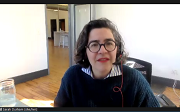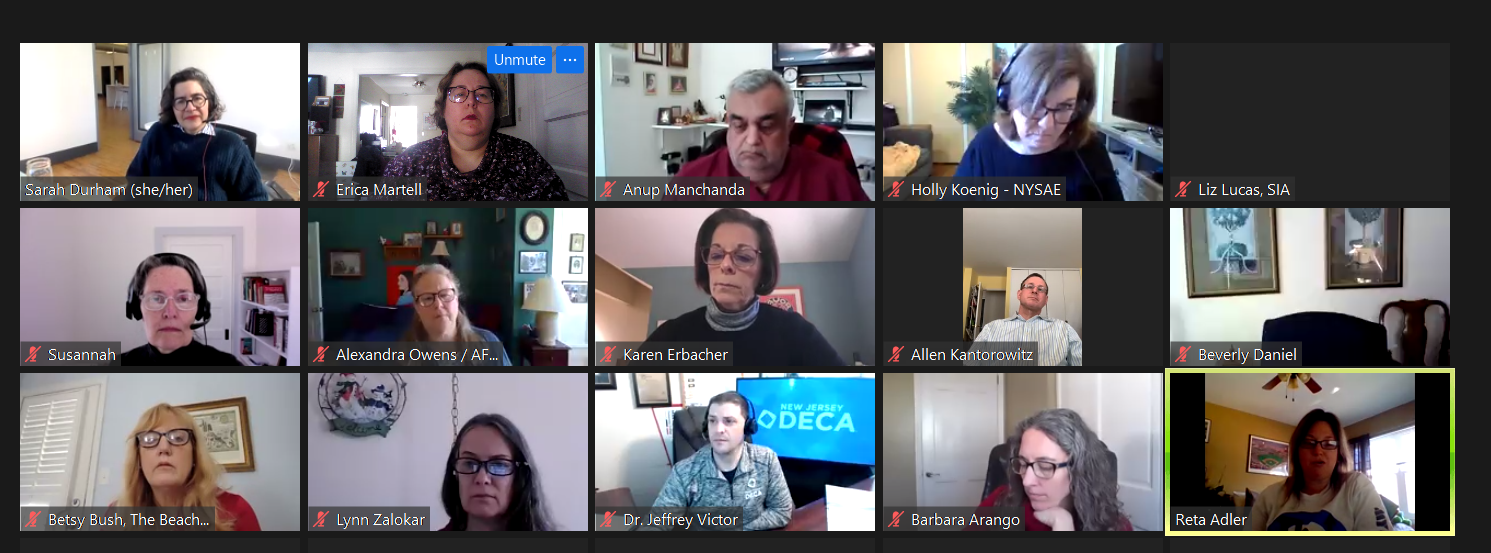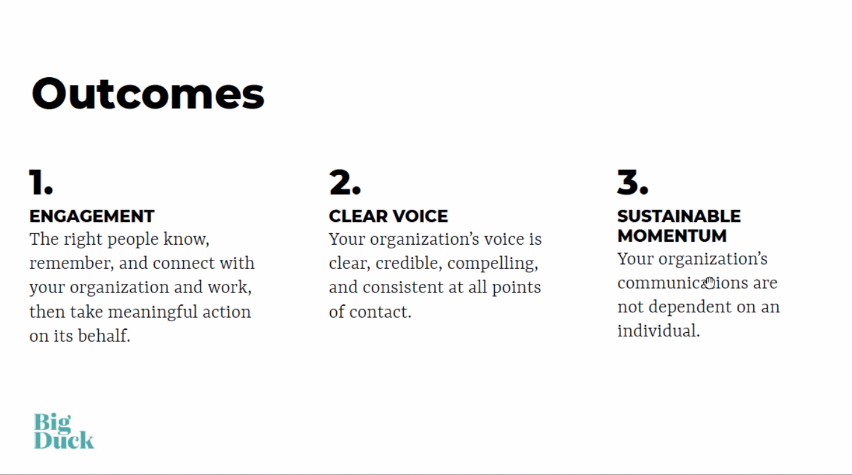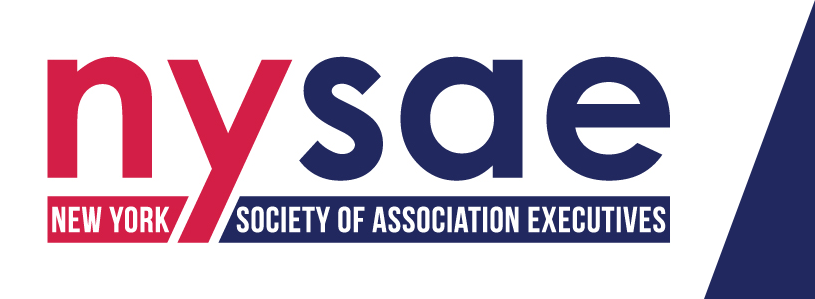How to Successfully Drive Communication to Your Members by Erica A. Martell
Print this Article | Send to Colleague

Over the past year especially, nonprofits, foundations and associations have had to reinvent who they are, what value they bring, and how they choose to communicate with their communities. Sarah Durham, Founder and CEO of Big Duck, defines nonprofit communications as “the practice of creating and sustaining mindshare and engagement that advances the mission.” She helps organizations determine their communications style.
Sarah suggested that clear communications should help advance the mission of an organization. She offers that a successful communications practice can achieve three optimal outcomes:
Engagement: The right people know, remember, and connect with your organization and work, then take meaningful action on its behalf. In reality, a communications practice should spend the majority of its time focusing on building and sustaining engagement.

Clear Voice: Your organization’s voice is clear, credible, compelling, and consistent at all points of contact. This is the stuff most people think of as “branding”.
Sustainable Momentum: Your organization’s communications are not dependent on an individual. In other words, the nonprofit or association should not be dependent on one person, an executive director or communications staff person, for example, to maintain its communications.
Sarah introduces six elements that power successful communications outcomes:
Strategy: Identify a clear target audience, strategy to reach and engage them along with an implementation plan.
Team: Select the right staff in place to direct, manage and implement the organizations’ communications plan.
Culture: Set expectations for staff collaboration and behavior that encourages healthy internal and external communications.
Tools: Ensure brand elements, content, media, campaigns, software, and other resources (along with people) are in place for organizations to communicate effectively.
Processes: Create streamlined steps to implement written workflows and achieve outcomes predictably without relying on memory.
Reflection: Gather data and insights to get smarter and to communicate more effectively.

What is the preferred style of communication for your members? There may be a balance between print and digital. Since most employees have moved to their home offices, there has been a transition towards digital. Although, Holly Koenig, CEO of NYSAE, indicated that some resourceful associations forwarded SWAG and other information to her home address.
For 2021, Sarah anticipates that most organizations will continue to focus on digital, perhaps moving more toward a hybrid use of channels and media. Most members and guests will want in-person experiences as lockdown-related measures ease up while others will still prefer remote participation. This is an exciting time for innovation because associations have figured out new ways to communicate virtually via Zoom and to encourage participation.
Give deliberate thought to what and how you would like to reach out to your members−this might include: personalizing e-mails, crafting thoughtful subject lines and consistent messaging. For instance, one NYSAE member indicated that she sends out an e-mail every Thursday with the subject line: Three Minute Thursday. Also, e-mails distributed to prospective members should not include the association’s acronym in the subject line: Spell IT out.
Take a look at your core brand assets (logo, color, fonts) and flexible assets (photos , templates). Investing in an innovative graphics or web designer can help organizations refresh their look.
For a communications self-assessment, visit Sarah’s website at www.bigduck.com/quiz
Also, check out Sarah’s book, The Nonprofit Communications Engine: A Leaders Guide to Managing Mission-Driven Communications and Marketing
Sarah Durham, Founder and CEO, Big Duck: Sarah is an entrepreneur and creative consultant with a passion for helping nonprofits communicate more effectively so they can advance their missions. She founded Big Duck in 1994 to help nonprofits increase their visibility, raise money, and communicate more effectively. In 2019, she acquired Advomatic, which builds and supports websites for nonprofits. She spends her days guiding these businesses and talking with nonprofit leaders about their communications.

Erica A. Martell helps education, nonprofit and media businesses create stellar and targeted business solutions which result in significant ROI, surpassing their competition. She is a marketer, content and business development writer and social media professional who tells clients’ stories in a clear and compelling way to drive engagement and profits.

